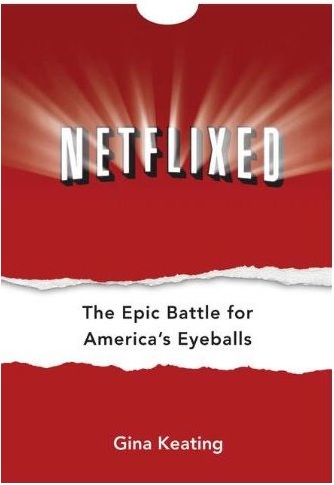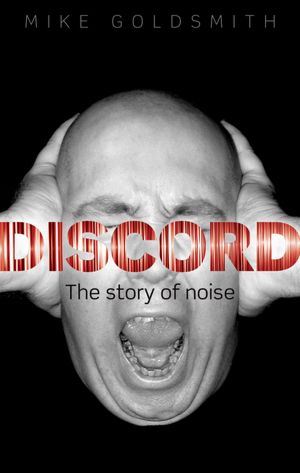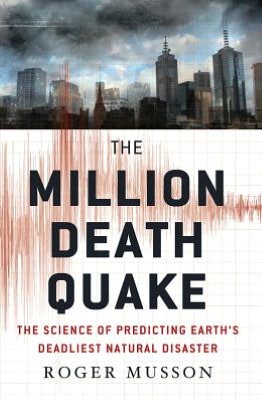-

Netflixed: The Epic Battle for America’s Eyeballs
by Gina Keating

The Nutshell:
Media reporter Keating offers a triumphant history of Netflix—the startup that helped bankrupt Blockbuster Video and hastened the demise of VHS, only to start slowly phasing out the DVD as it turned to streaming.
Literary Lovechild Of:
Howard Schultz’s Onward: How Starbucks Fought for Its Life Without Losing Its Soul and Ben Mezrich’s The Accidental Billionaires: The Founding of Facebook, A Tale of Money, Genius, and Betrayal.
You'll Find It On Your Bookshelf If:
You had $350 in late fees to Blockbuster that you never paid and—ha ha ha ha ha!—never will.
Cocktail Party Fodder:
Bet you didn’t know Netflix survived the tech bubble crash. It was founded in 1997!
For Optimal Benefit:
Read to pass the time after the next Netflix price hike forces you to cancel your subscription.
Snap Judgment:
The arc of Keating’s story sometimes feels off—her index, for instance, doesn’t include Hulu. But the story of Netflix’s early years is fascinating, as is the corporate intrigue as the company grew.
-

Discord: The Story of Noise
by Mike Goldsmith

The Nutshell:
From the acoustics of Stonehenge to the dissonance of Mozart to the new sound of wind turbines, science writer Goldsmith (formerly head of the U.K.’s National Physical Laboratory Acoustics Group) traces the scientific and cultural history of everything that’s made noise in our world.
Literary Lovechild Of:
Alex Ross’ The Rest Is Noise: Listening to the Twentieth Century and Richard E. Berg and David G. Stork’s The Physics of Sound.
You'll Find It On Your Bookshelf If:
You chose to buy the physical copy rather than a really loud version of the audiobook.
Cocktail Party Fodder:
The Big Bang was silent—and so was the universe for the first 380,000 years.
For Optimal Benefit:
Leave a copy on the front stoop for the neighbor in the downstairs apartment who keeps complaining about the click-clack of your heels in the morning. (Try living in London in the 1700s, dude!)
Snap Judgment:
Goldsmith’s harmonizing of physics, urban planning, literature, and more is symphonic.
-

The Million Death Quake: The Science of Predicting Earth’s Deadliest Natural Disaster
by Roger Musson

The Nutshell:
British Geological Survey seismologist Musson explains why earthquakes happen, how they cause damage, and what can be done to predict and prevent them. He also offers case studies of some of the most infamous disasters: 1906 in San Francisco, 1960 in Chile, 2004 in Thailand, 2010 in Haiti, and 2011 in Japan.
Literary Lovechild Of:
Amanda Ripley’s The Unthinkable: Who Survives When Disaster Strikes—and Why and Paul Farmer’s Haiti After the Earthquake.
You'll Find It On Your Bookshelf If:
You can’t get enough natural disaster films, and you fear December 12, 2012, might come and go without any sign of the apocalypse.
Cocktail Party Fodder:
An earthquake would cost New York City between $85 billion and $200 billion, according to the New York City Area Consortium for Earthquake Loss Mitigation’s estimates. The total economic cost of 1994’s destructive Northridge quake was about $40 billion.
For Optimal Benefit:
Don’t read before heading to California or Japan—or Istanbul or Tehran, the two cities Musson says have a high probability of hosting a “million death quake.” Unless that’s your scene.
Snap Judgment:
Sort of compulsively readable. Like watching a train wreck. Or an earthquake.



